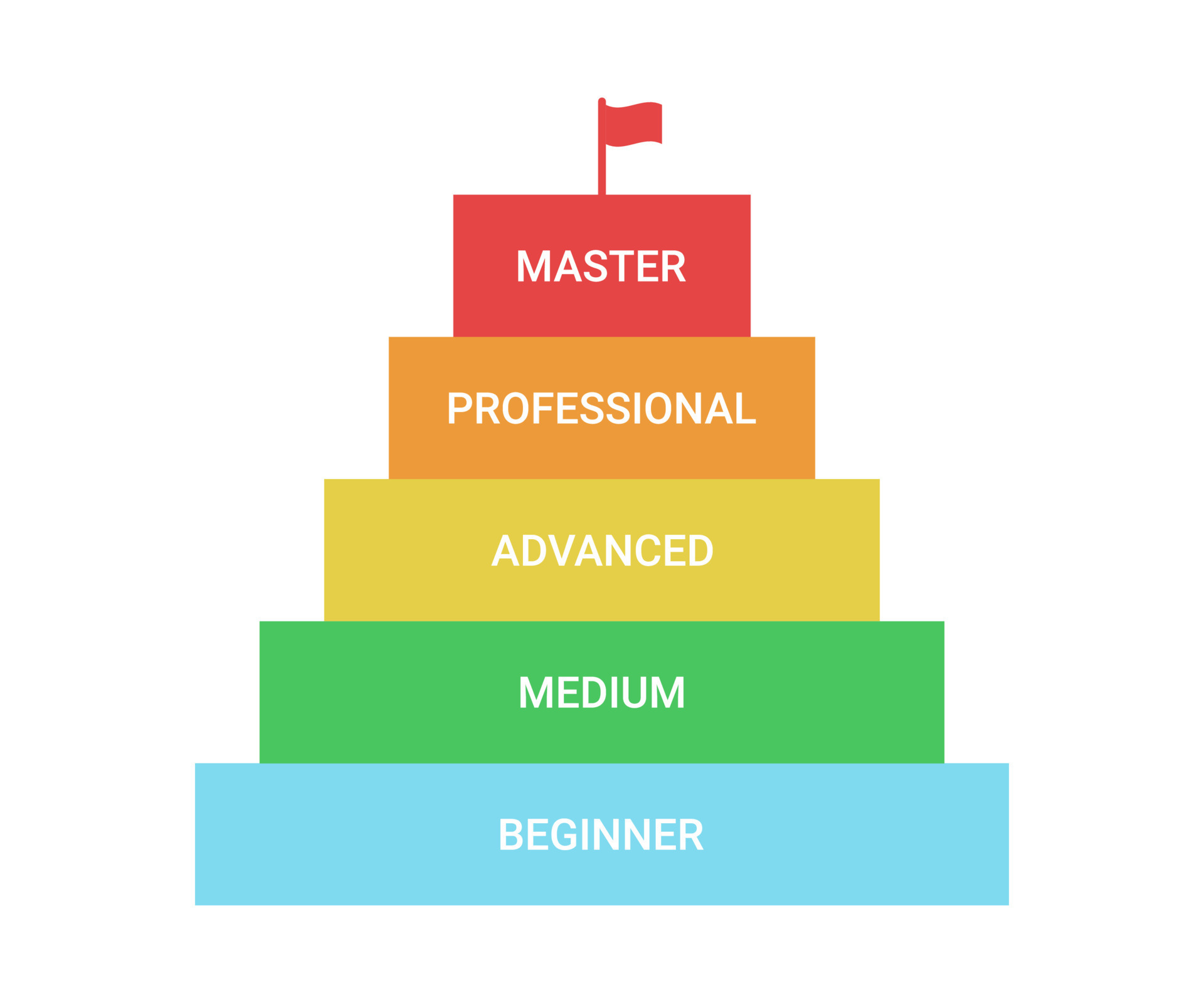Gotham City, a metropolis steeped in shadow and intrigue, has always been more than just a backdrop for Batman’s nocturnal escapades. It is a character unto itself, teeming with secrets whispered through its labyrinthine alleyways and etched into the very foundations of its opulent yet decaying architecture. The “Court of Owls” saga, a landmark storyline in the Batman mythos, exploits this inherent characteristic, promising a paradigm shift in how we perceive the city and its history. It’s more than just a typical supervillain plot; it’s an unveiling of Gotham’s occult underbelly, challenging the very notion of Batman’s understanding of his home.
For neophytes venturing into this narrative arc, navigating the intricate web of characters, cryptic clues, and shocking revelations can feel akin to traversing one of Gotham’s notorious crime alleys blindfolded. Fear not, for this guide will serve as your illuminating beacon, shedding light on the key elements of the “Court of Owls” saga, ensuring a captivating and comprehensive journey through this modern classic.
The Genesis of the Conspiracy: Unveiling the Court
The saga begins with Bruce Wayne’s ambitious endeavor to revitalize Gotham, a utopian vision predicated on architectural innovation and technological advancement. This initiative, however, unwittingly stirs a hornet’s nest, attracting the attention of a clandestine organization known as the Court of Owls. This ancient cabal, shrouded in urban legends and nursery rhymes, has been manipulating Gotham’s affairs from the shadows for centuries, their influence woven into the very fabric of the city’s power structures.
The Court’s initial strike is swift and decisive, a calculated assault on Bruce Wayne’s physical and psychological well-being. They aim not merely to defeat Batman, but to break him, to expose the vulnerability beneath the cowl. This is where the story truly diverges from the typical Batman villain-of-the-week trope.
Key Players in the Shadowy Drama: A Cast of Intrigue
Understanding the characters is paramount to unraveling the complexities of the “Court of Owls” narrative:
- Bruce Wayne/Batman: The cornerstone of the saga, forced to confront his own perceived omniscience regarding Gotham’s history and his family’s legacy. His unwavering resolve is tested to its absolute limit.
- The Court of Owls: A collective antagonist, their identities largely obscured, representing the entrenched power structures that have shaped Gotham’s destiny. They embody the city’s hidden history and its resistance to change.
- The Talons: The Court’s enforcers, resurrected assassins imbued with regenerative abilities, posing a formidable physical threat to Batman. They are the sharp, unforgiving talons of the organization.
- Lincoln March: A charismatic mayoral candidate who challenges Bruce Wayne’s vision for Gotham and harbors a potentially devastating secret about his connection to the Wayne family. His role is pivotal in escalating the personal stakes of the conflict.
The Labyrinthine Labyrinth: Deciphering the Clues
The “Court of Owls” saga is punctuated by a series of cryptic clues, embedded within riddles, architectural anomalies, and fragmented historical records. These clues function as breadcrumbs, guiding Batman (and the reader) deeper into the Court’s intricate conspiracy. Look for recurring symbols, such as owls, mazes, and palindromes. Pay close attention to the architectural details of Gotham’s historical landmarks, as they often conceal hidden passages and secret chambers. The narrative’s pacing keeps you on edge, with each revelation building upon the last.
The Crucible of Sanity: Batman’s Descent into Madness
One of the most compelling aspects of the saga is Batman’s psychological torment. The Court of Owls subjects him to a series of mental and physical ordeals designed to shatter his perception of reality. He is trapped within a labyrinthine maze, deprived of sleep, and forced to confront his deepest fears and insecurities. This ordeal pushes Batman to the brink of insanity, forcing him to question his sanity and his ability to protect Gotham. This is a far cry from the stoic, always-prepared detective we are accustomed to seeing. This vulnerability is what makes the story so compelling.
Beyond the Surface: Thematic Resonance and Societal Commentary
The “Court of Owls” is not merely a superhero escapade; it also offers profound commentary on themes of power, corruption, and the cyclical nature of history. The Court represents the entrenched elite, the guardians of the status quo who resist any challenge to their authority. The saga also explores the idea that history is often written by the victors, and that the official narratives we accept may conceal darker truths. The Court’s manipulation of Gotham resonates with real-world instances of political maneuvering and behind-the-scenes control.
The Epilogue: Lasting Impact and Ongoing Repercussions
The “Court of Owls” saga has had a lasting impact on the Batman mythos, reshaping the landscape of Gotham and introducing new layers of complexity to the character of Batman. The revelation of the Court’s existence fundamentally alters Batman’s understanding of his city, forcing him to confront the fact that he is not the sole guardian of Gotham. The saga has also spawned numerous spin-offs and adaptations, solidifying its place as a cornerstone of modern Batman storytelling. The reverberations of the Court’s actions are still felt in contemporary DC comics, ensuring that their legacy endures.
In conclusion, the “Court of Owls” saga is an intricate and rewarding read for both seasoned comic book aficionados and newcomers alike. By understanding the key elements outlined in this guide, you will be well-equipped to navigate the shadowy world of Gotham’s secret society and appreciate the saga’s profound impact on the Batman mythos. Prepare to question everything you thought you knew about Gotham, and brace yourself for a journey into the heart of darkness.
